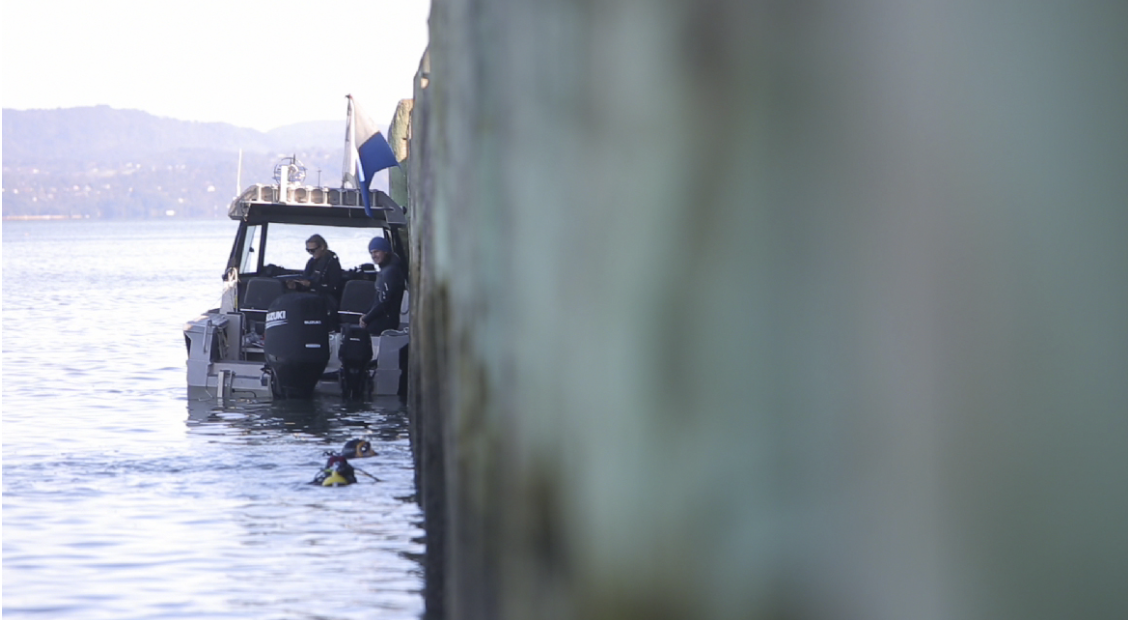Long term surveillance activities support caulerpa response
The ocean is a big place and surveillance programmes are in place to help detect any new marine pest incursions.
Divers working for councils in the upper north island are ramping up ready for summer surveillance activities to check the hulls of boats for marine pests.
Waikato Regional Council started their annual surveys to determine the presence and extent of marine pests along the Coromandel Peninsula coastline in August. Senior Biosecurity Officer Danielle Kruger said to date, the divers had checked 573 vessels, 908 piles, 10,900 metres of pontoon and 15.51 hectares of benthic area or popular mooring sites in Tairua, Whitianga, Whangamatā, Whangapoua and Ahuahu/Great Mercury Island.
The program, conducted by trained divers who know how to recognise marine pests, is designed to detect the presence of any new or unexpected marine pests, and also to identify infected vessels - which may be required to be cleaned and antifouled.
While the programs were designed to identify other target species, such as Mediterranean fanworm, Danielle Kruger says: “Our dive team is very experienced and have a good knowledge of all marine pests, so if caulerpa is in our survey areas then they will see it.”
Councils in Bay of Plenty, Northland and Auckland have similar programs. While Northland surveys around 2,000 boats each summer in marinas, at anchor and at moorings and alongside structures, Auckland is continuously surveying boats in marinas and mooring fields and has a long running surveillance program on Aotea Great Barrier Island. Councils in Hawkes Bay and Gisborne also have hull surveillance programs.
Additionally, a marine surveillance team working for Biosecurity New Zealand surveys twelve of New Zealand’s high risk main ports and marinas twice a year.
To find out where marine pests have been detected, visit this map.

